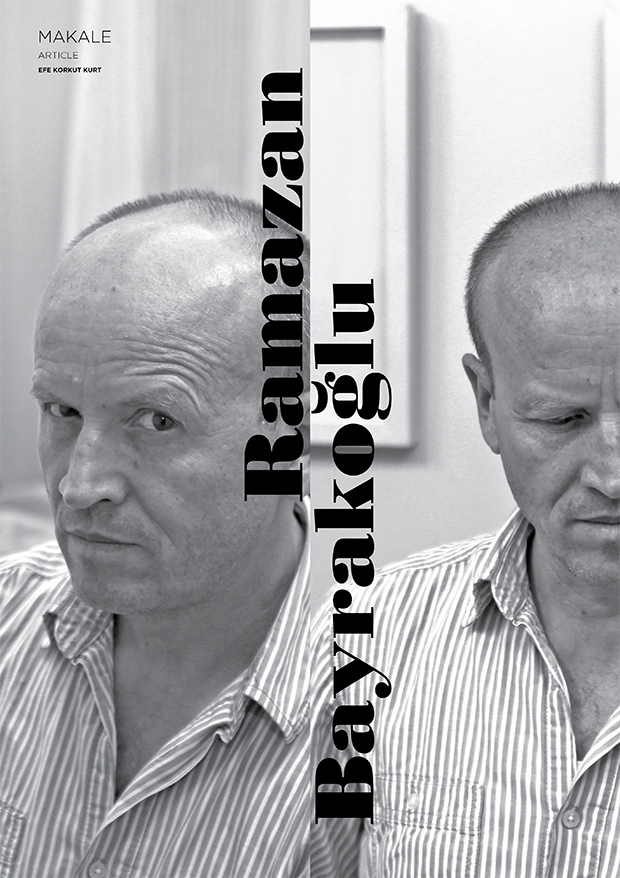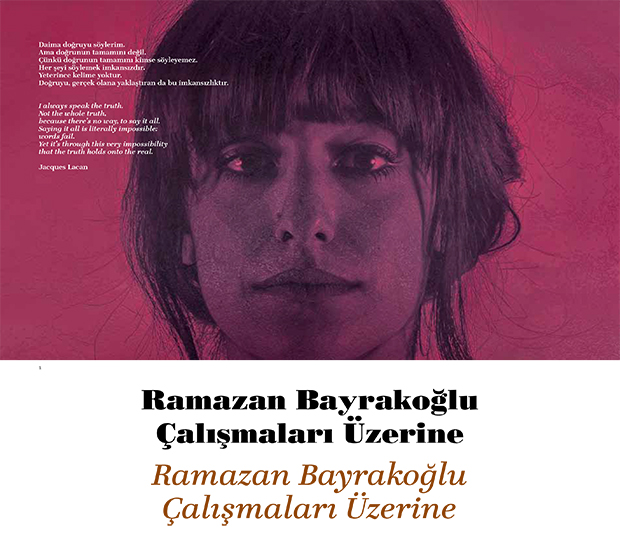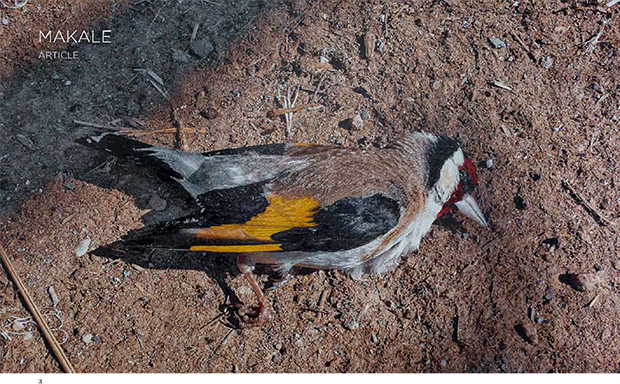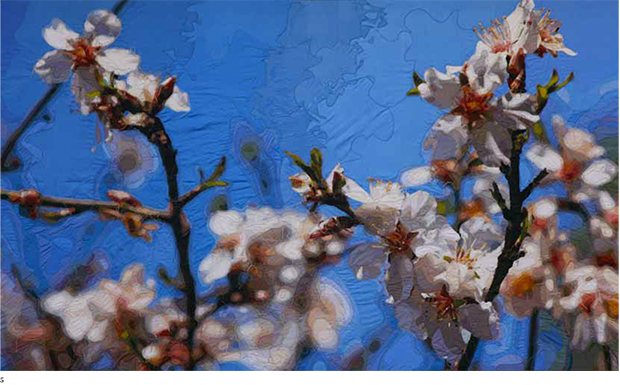

Thinking about contemporary art and analyzing it with the tools of language unavoidably keeps one within certain limits. This, in turn, causes one to forgo what gives art its power –its freedom resulting from not being limited by language–, thus making it a problematic issue. Maybe it’s the need to compensate this drawback, which makes visible again and again one of the most basic ontological problems that comes up while thinking about contemporary art; and this problem demands to be understood: What does the relationship between the subject and the object correspond to, in its plain state? Or if we make the question more concrete; what kind of relationship takes place between the exhibited artwork and the viewer? What is the aesthetic equivalent of this relationship for the subject?
The practice of thinking about Ramazan Bayrakoğlu’s works requires an evaluation which prioritizes images. This situation results from the fact that the artist’s works are created within a category of “art” the boundaries of which are certain. On the other hand, though they’re within certain limits, these works go beyond the boundaries of modern art with their imagery, materials and technical characteristics and they deal with contemporary issues. Bayrakoğlu’s works are plastic productions of images that are not at all easy on the viewer and most of the time unsettling.


Gaze
According to Lacanian theory, gaze isn’t considered subject-centric. Object is located at exactly the point where it’s impossible for the subject to exist as a subject. Called “objet petit a” in Lacanian theory, this is the missing object that is the basis of our desire. “Objet petit a” is the absence of the object that triggers the process of desire and the subject’s desire is based on this absence. Not possessing this object makes the subject incomplete and lacking; however this object can only exist in its absence. “Objet petit a” can not be fixed within the space of representation nor within the realm of language. Though it doesn’t exist before it’s absent, it’s the missing object which the subject leaves behind in order to enter the realm of language.
Then, at which point does the imagery of Ramazan Bayrakoğlu’s works connect to this missing object? This connection appears in the emptiness created at the location the object becomes visible. The visible object keeps appearing at the point where it escapes the viewer’s gaze. Being quite hard to notice at a conscious level, this situation causes one to feel subtly uneasy and nervous. The fact that Bayrakoğlu subjects the produced (or reproduced) image to fragmentations –which aren’t easy to perceive from a certain distance–, makes these feelings stronger. Because, as the eye tries to capture the object, the resistance of the absent object becomes stronger. To put it briefly, this is the activation of a process that creates the desire in the viewer looking at Bayrakoğlu’s works – a desire which shall never be fulfilled.


Production
There’s a visible connection between the material and technique Ramazan Bayrakoğlu utilizes and the fragmented nature of the images he produces. Remembering that the perception of an image is actually an abstraction in human mind, the artist creates works made by bringing together numerous pieces of plexiglas, over which industrial acrylic paint is applied. Seemingly having no meaning and appearing to be random when alone, these pieces can only create an image when they’re combined. The spaces left between the pieces after they come together function as an interface between the gaze and the object. Beyond being just a surface, the image adds its plasticity to itself and reveals its state of being an object. This is also valid for the works made of pieces of fabric. Furthermore, the waves resulting from the material qualities of fabric can make the sensation stronger.
With their characteristics concerning materials and production technique, Ramazan Bayrakoğlu’s works make possible a wide range of interpretations. The works made by combining pieces of fabric point out a collective memory with regard to both their creation process and the feelings they evoke. William Morris had emphasized the lack of quality in the cheap goods of mass production in the Victorian era in 19th century England; he had desired to return to the crafts of the past but ended up developing designs that influenced the future. Called the “Arts and Crafts” movement, this was a period in which a deviation from the line of artistic production practices –a continuous progression from the Renaissance to the modern period– took place and a unique dimension within modernism was created by emphasizing the social and collective qualities of crafts. It wouldn’t be wrong to point out that Bayrakoğlu’s fabric works reference such a production, at least supraliminally. Thus, with its utilization of materials, the image creation of contemporary art makes a reference to a social content.
Aside from the feeling created by its materials, the artists works also transmit the fact that they’re the result of collective production. They possess the signs that make perceivable the process of studio labor in creating each work, together with the feeling that it is this process that gives them their impact. Including the utilization of materials ranging from fabric –which is rather traditional–, to plexiglas –which is a more contemporary material–; these production processes demand a working method that requires creativity. In this regard, with both the intellectual dimension and the creation process of his works –which are in accordance with what contemporary art demands– Ramazan Bayrakoğlu deserves to be accepted into the international circle of contemporary art.
